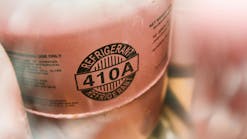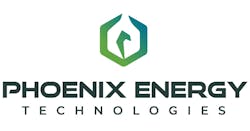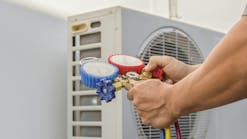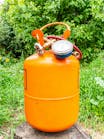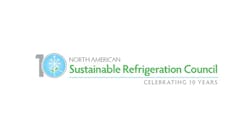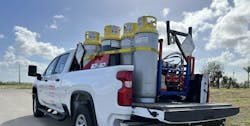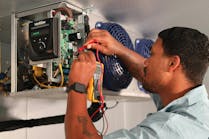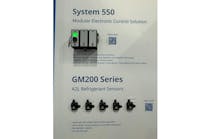The U.S. federal government has proposed a 20% reduction in its 2012 budget for career and technical education. However, industry is calling for better technical education to address the shortage of qualified candidates to fill openings, especially in the ammonia refrigeration industry.
On the other side of the Atlantic, research from SummitSkills has identified a lack of appropriate environmental technology training in the UK. The fast-growing HVACR sector needs skilled technicians. In the U.S., the HVACR sector is one of the fastest growing sectors. Employment is expected to grow by 28% by 2018, in part due to rapid technological development and the emphasis on the need for greater energy efficiency.
Surveys of employers by Manpower and McKinsey & Co. reflect the difficulties companies are having in filling positions requiring specific skills. One firm said it had recruited “all over North America” for ammonia technicians.
U.S. Community College Develops Ammonia
Refrigeration Facility
More and more, suppliers that require strong manufacturing are being encouraged to fund technical programs to fill the skills gap.
For example, after extensive requests from food processors, Sampson Community College in Clinton, NC, has developed a multi-million-dollar ammonia refrigeration training facility. According to Steve Matthis, dean of industrial education, the facility was designed and developed as a result of a push from industry to overcome the shortfall in trained technicians. Ken Braswell, the ammonia program leader at the college, says there is a great need for such programs because more and more companies are moving from freon to ammonia because it is more efficient. Training at the ammonia facility focuses on providing high-quality safety and operational maintenance guidance and follows the Ammonia Refrigeration Training Guideline provided by the International Institute of Ammonia Refrigeration (IIAR) and RETA.
Moreover, the facility is one of the few to have state-of-the-art on-site equipment.
U.S. RETA Certification
The Samspon Community College program, which is receiving interest from across the US, is one of the few schools to offer Operator I and II courses. According to John Sherill — a RETA certified instructor previously employed at the Sampson Community College, there are currently 30,000 ammonia operators across the US, but only 800 are RETA certified. RETA certification is a nationally recognised standard aimed at meeting the needs of industry through the provision qualified operators through education and training.
Lanier Technical College Provides Ammonia Training in Georgia
Lanier Technical College has been providing ammonia training since 1999. A joint collaboration between Lanier Technical College, the Georgia Institute of Technology, the Refrigerating Engineers & Technicians Association (RETA) and the International Institute of Ammonia Refrigeration (IIAR), offers hands-on training in a state-of-the-art ammonia facility. Training focuses on safety, operation and maintenance. The program attracts students from across the U.S. as well as international students. The construction of the $2 million facility was supported in part by industry, underscoring the high demand for ammonia training. In fact industry sponsors contributed $3 for every $1 contributed by the government. Other training providers include the Industrial Refrigeration Technical College (IRTC) in Virginia, the Midwest Ammonia Training Center, the Garden City Ammonia Program (GCAP) and the Garden City Community College in Kansas.
Source: Shecco's Ammonia21.com; used by permission.

